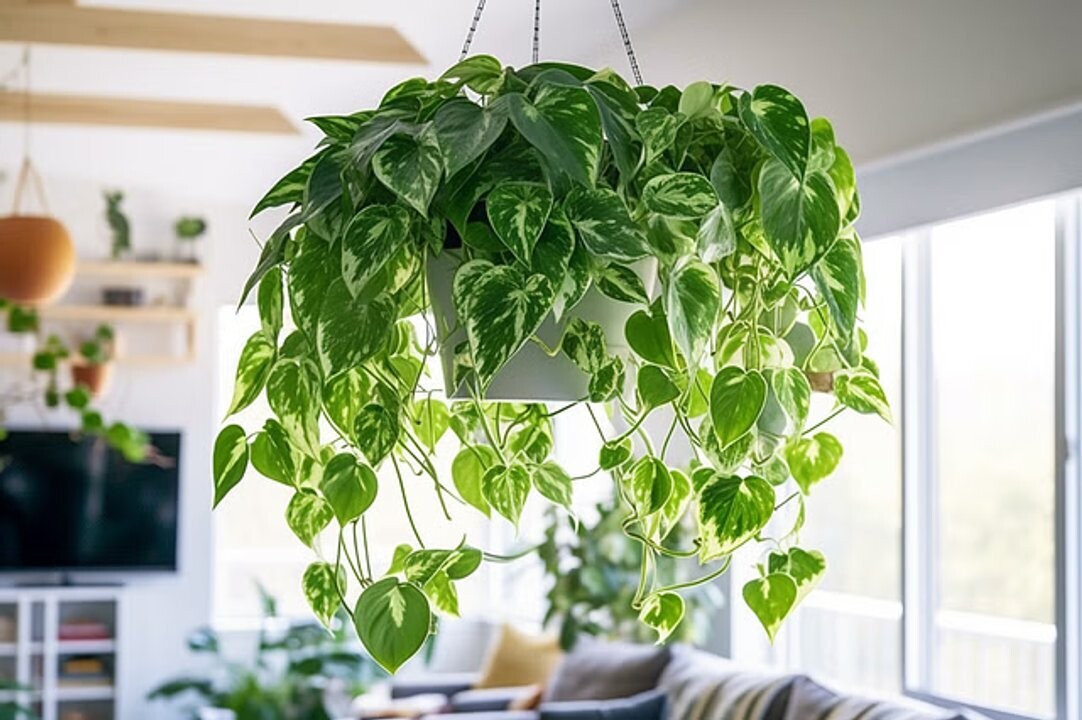
Philodendron is an ideal indoor plant, with heart-shaped leaves and a charming hanging effect. This species thrives in indirect light and also purifies the air, adding an elegant and modern touch to any room. Another popular option is the Pilea, also known as 'money plant', which adapts to various light conditions and offers attractive rounded foliage that brightens any corner.
Dracaena, available in various varieties, are known for doing well in low-light conditions and adding a tropical touch to any environment. Sansevieria or Mother-in-law's Tongue is almost indestructible and can survive in low-light spaces, making it a popular choice for interior decoration. Meanwhile, Calathea, recognized for its decorative leaves and unique patterns, prefers environments with indirect light, making it an ideal plant for contributing to a relaxing atmosphere.
Orchids, although requiring more light, have varieties that thrive in partial shade, adding a touch of elegance and freshness to any space. These plants not only beautify the surroundings but also help improve air quality and add an aesthetic element to the home.
Aspidistra, also known as 'cast iron plant', is famous for its resilience and shade tolerance, perfect for dark spaces. On the other hand, ferns are ideal for humid, low-light environments, perfect for those who want the beauty of nature without relying on direct sunlight.
Incorporating plants in the home not only beautifies the space but also brings multiple health and well-being benefits. They improve air quality, increase humidity, reduce stress, and enhance concentration and productivity. Additionally, they provide aesthetics and decoration to any environment, connect us with nature, and teach responsibility and care.
Although most plants require sunlight, there are varieties that thrive in low-light environments. These plants, besides beautifying the spaces in the house, can filter toxins from the air and bring freshness and energy without the need for direct light throughout the day.














